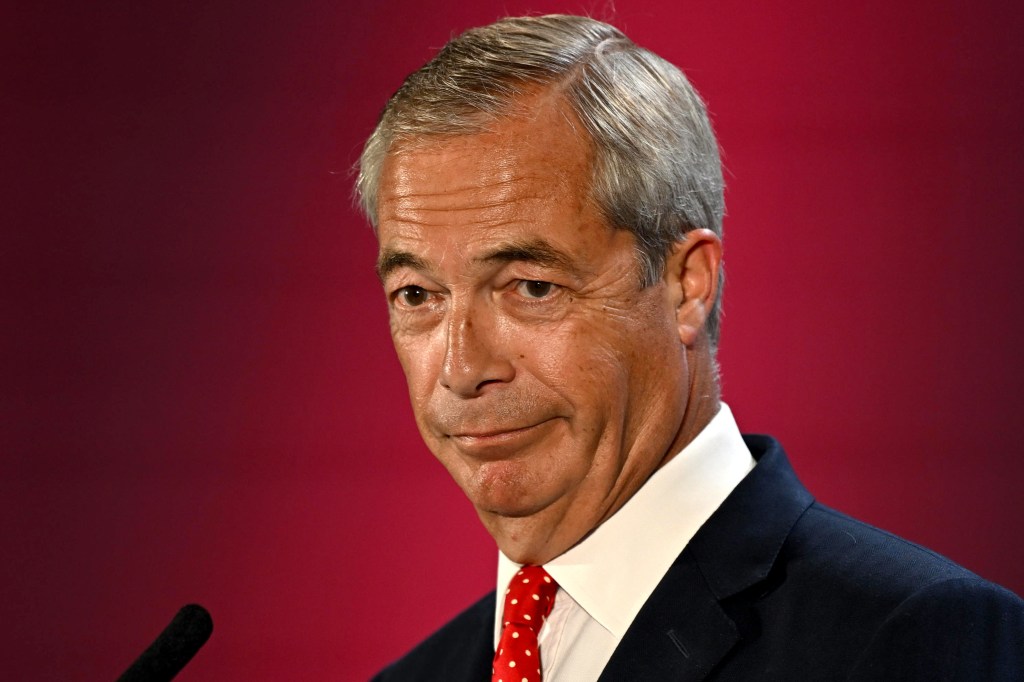In the eight years since David Cameron resigned as prime minister, the Conservatives have had four different leaders. Soon it will be five. Between Theresa May, Boris Johnson, Liz Truss and Rishi Sunak, recent stints at the top of the party have averaged just two years. Being the leader of the Conservative Party – a role for which six candidates are currently vying – has become an almost impossible job.
Restoring Conservative fortunes will depend upon breaking the cycle of chaos at the top of the party
Intractable policy challenges, especially Britain’s relationship with the European Union which felled both Cameron and May, go some way towards explaining the tumult. So does the poor quality of some leaders, none more so than forty-nine day premier Truss. But another factor, much less discussed, is the party’s mechanism for ditching its leaders: the confidence vote.
Since 1998, and as we’ve all come to know only too well, letters from just 15 per cent of MPs – less than one in six – have been sufficient to bring about a confidence vote. The leader’s fate is then decided by an up-or-down secret ballot. Win it, and they stay on and are supposedly immune from challenge for the next year. Lose it, and they’re out.
The purpose of the threshold is to identify a trigger for testing if the view of the letter writers is shared by the majority of MPs. On the first occasion when the process was used, it was. In October 2003, in the aftermath of Iain Duncan Smith’s iconic (for all the wrong reasons) conference speech – the one in which he said, ‘the quiet man is here to stay and he’s turning up the volume’ – enough letters were sent in to Michael Spicer, the then Chairman of the 1922 Committee, to trigger a ballot. Tory MPs voted 90 to 75 for IDS’s removal.
The party’s more recent regicides haven’t gone so smoothly. In the two confidence votes since – Theresa May in 2018 and Boris Johnson in 2022 – both leaders survived, but were severely wounded. The 48 letters needed to trigger a ballot on May’s leadership swelled to 117 votes against her; the 54 submitted against Johnson soared to 148. In both cases these were a minority of the party’s MPs, just 37 per cent and 41 per cent respectively. Nevertheless, the public display of disloyalty from so many of their colleagues left both leaders on borrowed time.
Under the 1922 Committee’s rules, May and Johnson were immune from challenge for the next year. The provision is intended to avoid vexatious confidence votes, but in practice it meant that MPs didn’t have a clean mechanism for ditching the leader when a majority eventually did lose confidence in them. In May’s case she went fairly peacefully; in Johnson’s, it took the resignation of dozens of ministers to force him to depart. In both cases, the party was severely damaged.
Restoring Conservative fortunes will depend upon breaking the cycle of chaos at the top of the party. That means choosing the right leader, yes, but it also means giving them a fair chance to succeed. The most obvious improvement would be to increase the number of letters required to bring about a confidence vote – significantly. A threshold of at least 25 per cent (still only one in four MPs) would spare us the rumour mill around letters until there is far greater discontent than presently. More importantly, it would increase the likelihood that a confidence vote, when triggered, would be a smooth defenestration of the leader and not a bloody battle in which both the leader and the party were weakened.
If the threshold isn’t increased, then the next leader will have to fight a confidence vote if just 19 of their colleagues submit letters against them. As we have seen, even if they were to win the ballot, it would all but end their leadership. It could also end the party’s hopes of recovering its reputation for competent and stable leadership before the next election.
All of the aspiring Conservative leaders would likely welcome this change, especially if it is made before the new leader is announced. Waiting until after 2 November would lead to the suggestion that the rules were being changed to prop up one particular individual. Doing it now makes it clear that it isn’t for the sake of any single leader that the threshold is changing, but for the benefit of the entire party – and, should the party return to government, the country.
After the worst election result in their history, the Conservatives need their next leader to succeed. Lifting the threshold for a confidence vote – and denying a fringe of MPs the ability to mortally wound its leaders – will make that a lot more likely. What’s more, it would show that the party is learning the lessons of almost a decade of tumult at the top.







Comments